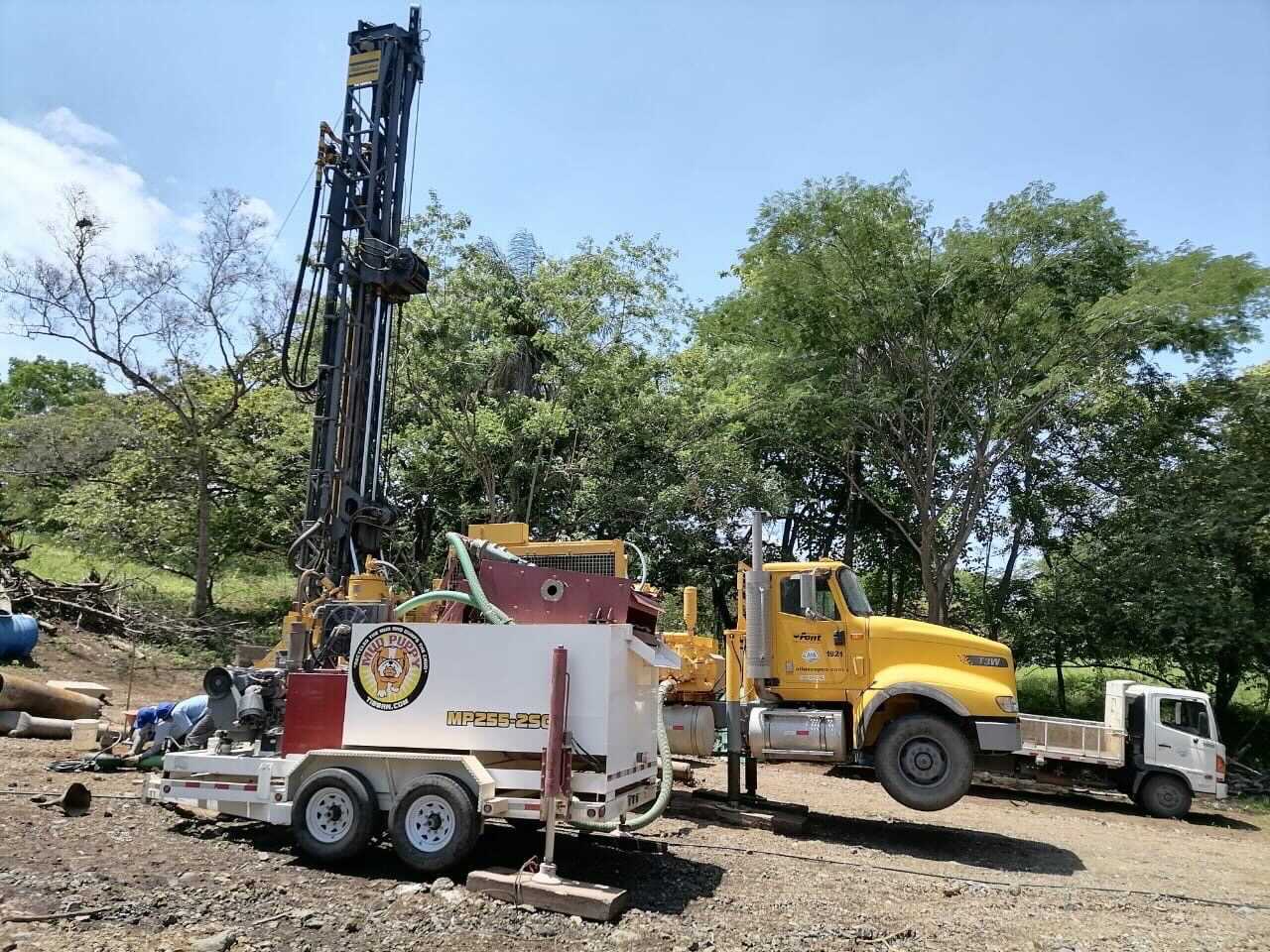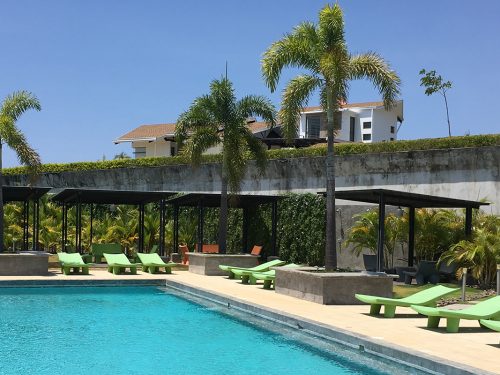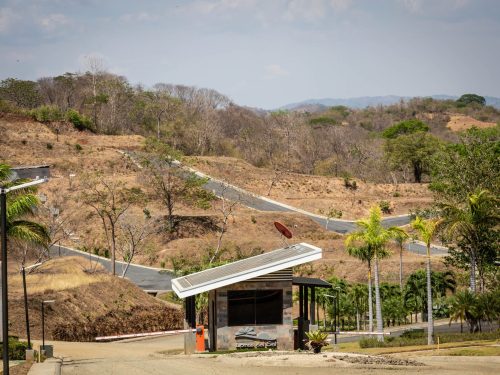
The Costa Rican Institute of Aqueducts and Sewers (AyA) began drilling a new well to supply drinking water to new constructions in Marbella, in Santa Cruz, AYA’s press department confirmed this year on May 21.
In total, the institution estimates that at least 1,000 people could benefit from the service, with the possibility of expanding it to neighboring areas.
This is the first step in finding a solution for a community that has reported water supply problems for decades. Drilling will allow them to find out if there is enough water and if it is a good quality. The second step would be to make use of it.
The new water source could provide potable water service for the first time ever to the neighboring communities of Veracruz and Manzanillo, but that will depend on the results that AyA gets when exploring the land.
AyA began the work almost two and a half years after taking control of two illegal wells that were previously administered by the ASADAs (rural water boards) of Posada del Sol and Marbella, due to the fact that both organizations were managing the community’s water in an irregular way.
Marbella is a coastal town with less than 500 inhabitants, located 46 kilometers (29 miles) from Tamarindo. It has great tourism potential, but until recently, the community didn’t know how much water they had available or for how many years.
A Conflict That Has Lasted for Years
In 2017, The Voice of Guanacaste reported that the Jardines del Sol and Lomas del Sol urban development projects used one of the illegally drilled wells to supply 23 of their users, even though the Water Administration of the Ministry of Environment and Energy (MINAE) had already asked them to close it on two separate occasions.
The Voice confirmed that at that time, there were 11 condominiums built in Lomas de Sol, some with their own swimming pools and water storage tanks, and a large pool area for members of the residential complex. In addition, the article exposed Jeffrey James Allen’s double role as president of the Posada del Sol ASADA and as one of the urban developers of Marbella at the same time.
While part of the community enjoyed water service coming from illegal wells, another part had never received potable water in their homes since all the water came from the same aquifer and was not being properly regulated.
In Marbella, there were people who lived here for 80 years, who died more than a decade ago and who were never able to see their homes get drinking water because others took it away,” said Gilberth Leiva, the president of the Marbella Integral Development Association (ADI-Marbella ).
To Matt Banes, one of the residents of Marbella who told this news outlet about the irregularities in 2017, the new well represents looking for ways to “close the deep inequalities” that the community has and to better control water use in the area.
Marbella’s situation is not unique in Guanacaste. AyA affirmed that “the case presents a series of factors that could also be present in other coastal territories.” For example, in the last six months, AyA prohibited 30 ASADAs in Nicoya from granting water permits for new constructions due to irregularities in water management.
In 2019, AyA conducted an in-depth hydrological study to understand how much water was being used, where more wells could be expanded, and how long the service would last the community. The intervention made the institution stop granting water permits to real estate projects in the area until the results were obtained.
The study, published a year later, indicated that Marbella does have enough water to continue developing and identified four points that would function as areas for building other wells for the rest of the community.
In 2021, after rejections from other owners, AyA was able to negotiate an agreement with the owner of one of the properties where there is an ideal point to start drilling.
Well Needs to Be Explored
Viviana Ramos, director of environmental management of the institute’s Environment, Research and Development sub-management, affirmed that after drilling, the site needs to exhibit enough water and exhibit that it is of sufficient quality for its use. If not, the well wouldn’t be viable and they would need to start searching for another piece of land again.
If the capacity of the aqueduct allows it, the coverage network could be expanded to Manzanillo and Veracruz, which don’t currently have potable water systems.
Even so, the director emphasized that AyA is sure that the source is suitable and reliable to supply at least 1,000 people in the community and surrounding areas.
After this process, the institution will be able to begin to process construction permits for new real estate projects in the coastal area.
This is a very important step for our community. However, we have to continue insisting that water comes and that they give us what is promised: that everyone, and not just some, can enjoy the water service,” emphasized Leiva, president of ADI-Marbella.







Comments